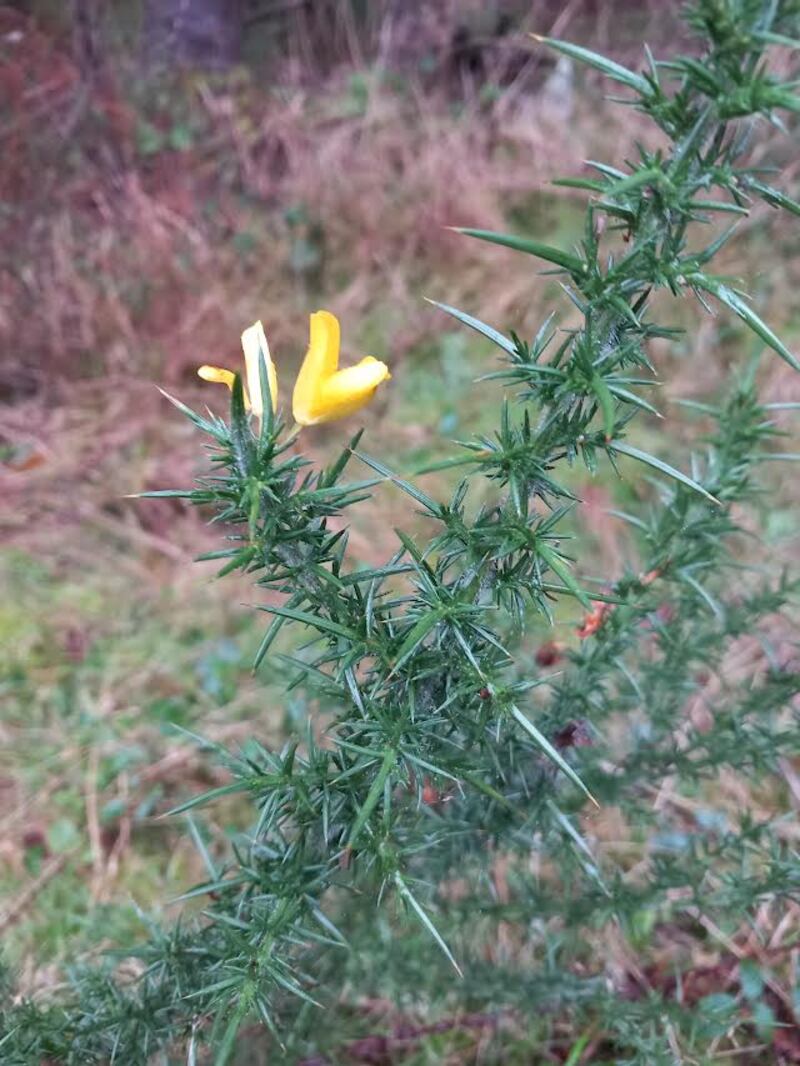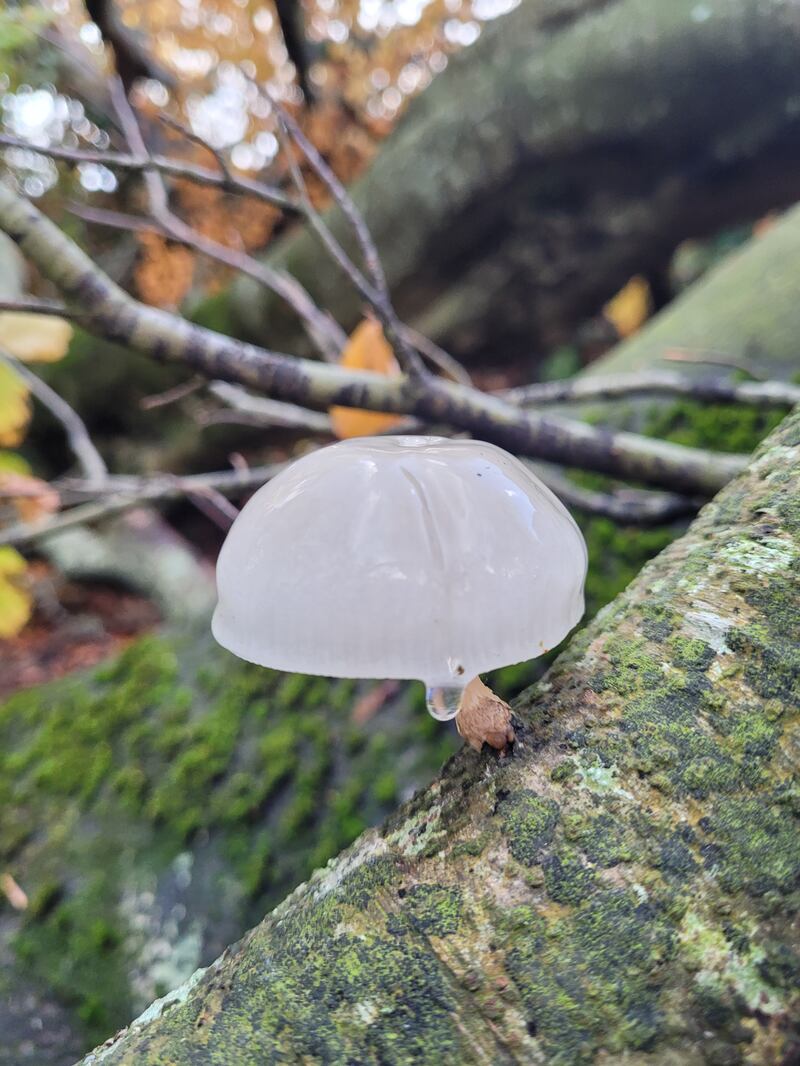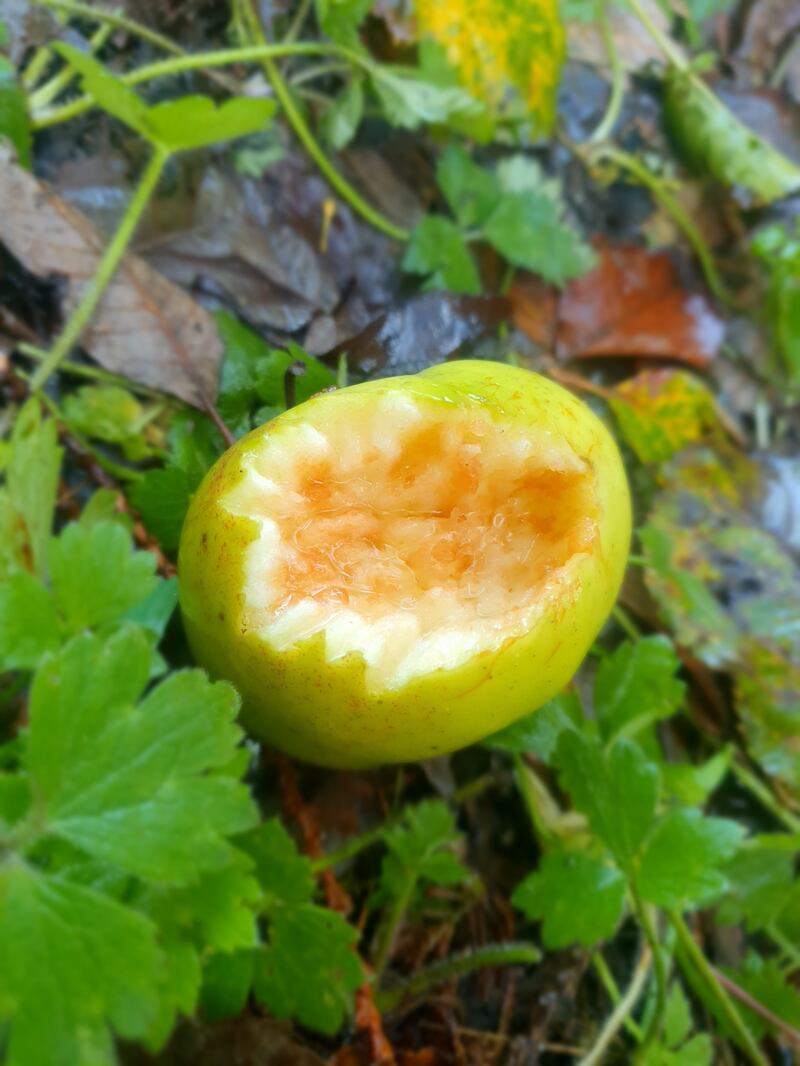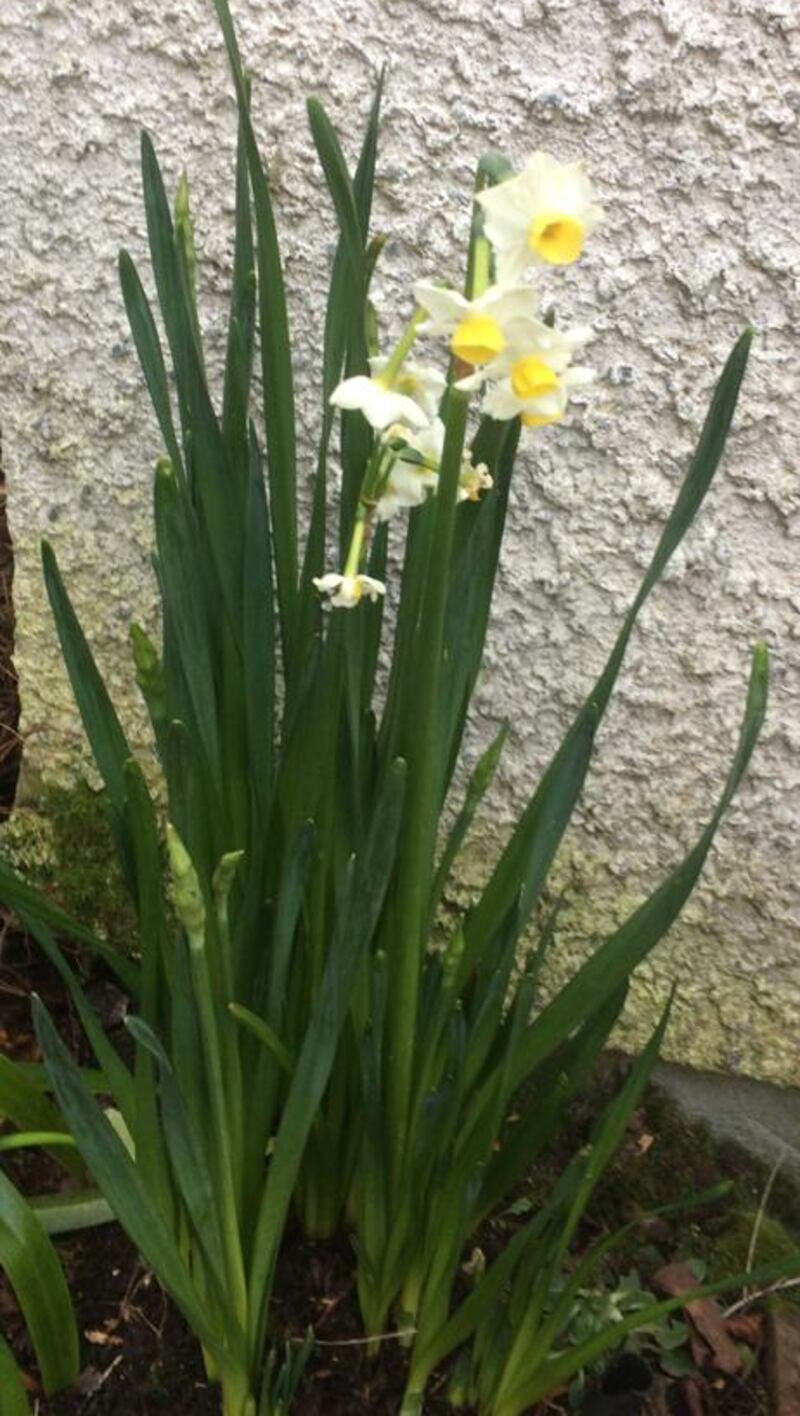This photo of a snail on our front pillar was taken by my granddaughter Emily. What type of snail is it? Thomas Walsh, Co Dublin
There is no indication of size, an important factor in identification. It may well be the white-lipped banded snail, which can have a greenish-grey body.

I noticed the furze in flower in the Devil’s Glen in Co Wicklow in mid-January. Is this not very early for it? T Doran, Dublin
There are two native species of furze. This one (Ulex europaeus) flowers during the first half of the year while the other (Ulex galii) flowers from July onwards. In sheltered places furze can flower very early indeed. As the 19th-century expression goes, “When the gorse is out of bloom, kissing’s out of fashion.”
READ MORE

I was wondering what type of fungus this is. Winnie Keogh, Co Dublin
This is the porcelain dungus, Mucidula mucida, a beautiful, translucent, slimy mushroom that grows on beech trees. Its season is late summer until the end of autumn.

These windfall cookers are food for some small mammal, I guess, based on the teeth marks and bruising by claws. Any idea which? Thomas Veale, Co Mayo
This fallen cooker has been pecked at by a bird – most probably a blackbird. Blackbirds feed on the ground, and apples are a favourite food in winter. You can continue to feed the blackbirds in your area by putting out halved apples on the ground. They won’t come to bird feeders.

Is it true that daffodils are useless for bees? E Hand, Co Leitrim
I am afraid so, and so are most tulips. These flamboyant garden flowers are carefully bred by plant breeders for their showy blossoms. They are propagated by bulbs so that each one of a variety is exactly the same as the original one. They do not contain much pollen or nectar as daffodil seed or tulip seeds are not required, making them slim pickings indeed for bees. Snowdrops, crocuses and grape hyacinths do contain pollen, so plant these in your garden. Or even better: let the dandelions flower – at least the first crop of them.
Please submit your nature query, observation, or photo with a location, via irishtimes.com/eyeonnature











